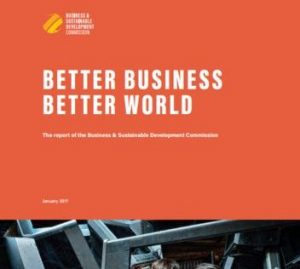Primary Functions
- Find guidance to support the practical application of Grey Water Footprint accounting at the Tier 1 level.
Detailed Description
The grey water footprint (GWF) is an indicator of the water volume needed to assimilate a pollutant load that reaches a water body. As an indicator of water resources appropriation through pollution, it provides a tool to help assess the sustainable, efficient and equitable use of water resources. The application of the GWF by different stakeholders (from companies to environmental NGO’s and governmental institutions) has shown its diverse usability as an indicator for water resource management.
The GWF is defined as part of the global water footprint standard in The Water Footprint Assessment Manual (Hoekstra et al., 2011). The GWF is an indicator of the amount of freshwater pollution that can be associated with an activity. The Water Footprint Assessment Manual recommends a three-tier approach for estimating diffuse pollution loads entering a water body. The three-tier approach was the outcome of the Grey Water Footprint Working Group of the Water Footprint Network (WFN) in 2010 and is analogue to the tier approach proposed by the Intergovernmental Panel on Climate Change for estimating greenhouse gas emissions (IPCC, 2006). From tier 1 to 3, the accuracy of estimating the load reaching a water body increases, but the feasibility of carrying out the analysis decreases because of the increasing data demand.
Up to date, GWF studies have been based on the tier-1 level and also in the near future this is expected to remain so, at least in practical applications by business and governments. Although it is the most feasible approach of the three tiers, practical applications have often been hampered by lack of guidance and reference values. Values chosen for leaching-runoff fractions used in the calculations were often based on limited information and assumptions. These studies have shown that the GWF methodology as described in The Water Footprint Assessment Manual could be reinforced through expert guidance on how to best estimate the values of the leaching-runoff fractions.
These guidelines support GWF accounting at its simplest level, using the least detailed approach to estimate the GWF in the case of diffuse and direct pollution. These guidelines are recommended only as a default method, as a screening level method, to be used if time and resources do not allow a more detailed study at tier 2 or tier 3 level.





